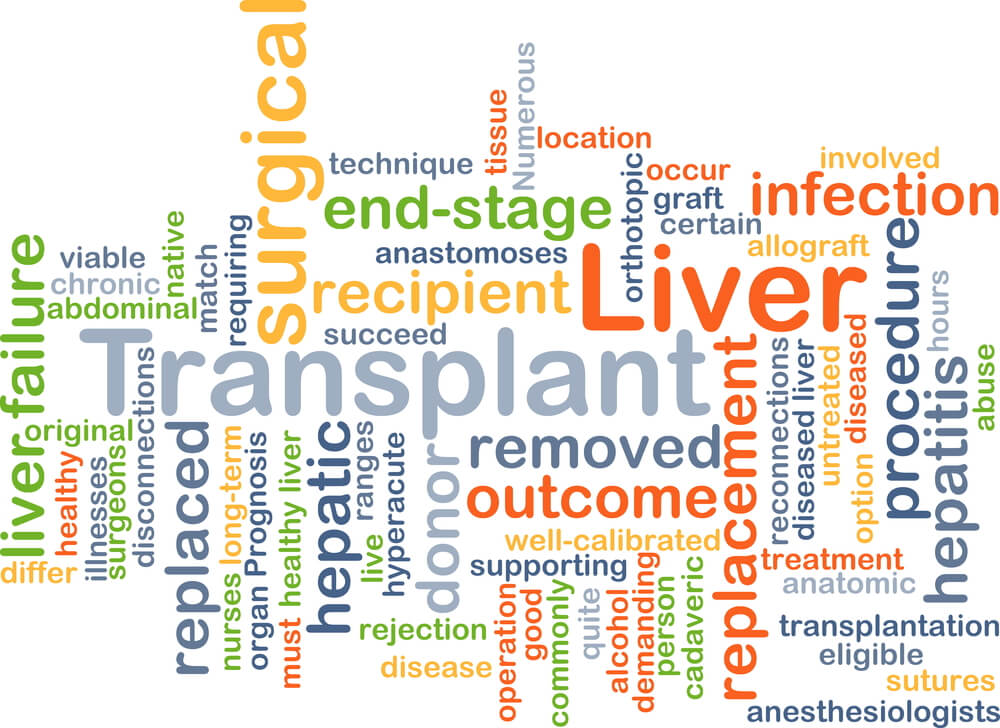Liver Disease and Stem Cells
Liver failure occurs when the liver is no longer able to function due to large amounts of damage beyond repair. While liver failure usually occurs gradually over many years, known as chronic liver failure, rarely it can occur rapidly, in some cases in as little as 48 hours; this is known as acute liver failure.[1]
Chronic liver failure can have several causes including; long-term alcohol consumption, cirrhosis, and malnutrition. Acute liver failure also has several causes including; acetaminophen overdose, reactions to certain medicines, and viruses.[1]
The cause of liver failure can determine the treatment, however, in the case of chronic liver failure a liver transplant may be necessary if the liver cannot be saved.[1]
Liver Disease Facts
- There are 4.5 million adults in the US (1.8%) with diagnosed liver disease [2]
- It is however estimated that many more people have liver disease and are unaware of it, with some estimates being as high as 80-100 million people [3]
- Liver disease is the 9th leading cause of death in the US, with 15.6 deaths per 100,000 people [2]
- Liver disease mortality is rising, particularly among young and middle-aged adults [4]
- Alcohol-associated liver disease mortality more than doubled between 2010 and 2022 [5]
- There are currently 55 clinical trials investigating the application of stem cells in liver failure [6]
- There are currently 229 clinical trials investigating the application of stem cells in liver disease [7]
- There are currently 8 clinical trials investigating the application of cord blood in liver failure [8]
- There are currently 33 clinical trials investigating the application of cord blood in liver disease [9]
Liver Disease and Stem Cells
Stem cell research with animal models has yielded exciting results which could negate the need to treat liver failure with a liver transplant.
Hepatic progenitor cells (HPCs) are liver stem cells which have the ability to regenerate liver tissue. These cells were transplanted into mice with severe liver damage causing liver regeneration and improved the structure and liver function.
Cell transplants could become a treatment for liver failure as opposed to organ transplant if the results in mice can be replicated in humans.[10]
Other, preliminary trials have shown that autologous mesenchymal stem cells collected from bone marrow have been of benefit to patients with liver cirrhosis. However, more trials are needed to understand exactly how the cells alter the liver.
References
- http://www.webmd.boots.com/digestive-disorders/liver-failure
- https://www.cdc.gov/nchs/fastats/liver-disease.htm
- https://liverfoundation.org/about-your-liver/facts-about-liver-disease/how-many-people-have-liver-disease/
- https://pubmed.ncbi.nlm.nih.gov/40546619/
- https://jamanetwork.com/journals/jamanetworkopen/fullarticle/2835175
- https://clinicaltrials.gov/ct2/results?term=liver+failure+stem+cells&Search=Search
- https://clinicaltrials.gov/ct2/results?term=stem+cells+liver+disease&Search=Search
- https://clinicaltrials.gov/ct2/results?term=liver+failure+cord+blood&Search=Search
- https://clinicaltrials.gov/ct2/results?term=liver+disease+cord+blood&Search=Search
- http://www.medicalnewstoday.com/articles/297102.php
- Nature cell biology, 17(8), 971–983. https://doi.org/10.1038/ncb3203
- Stem cell research & therapy, 9(1), 72. https://doi.org/10.1186/s13287-018-0816-2
- American journal of translational research, 14(8), 5848–5858.
The information contained in this article is for information purposes only and is not intended to replace the advice of a medical expert. If you have any concerns about your health we urge you to discuss them with your doctor.


